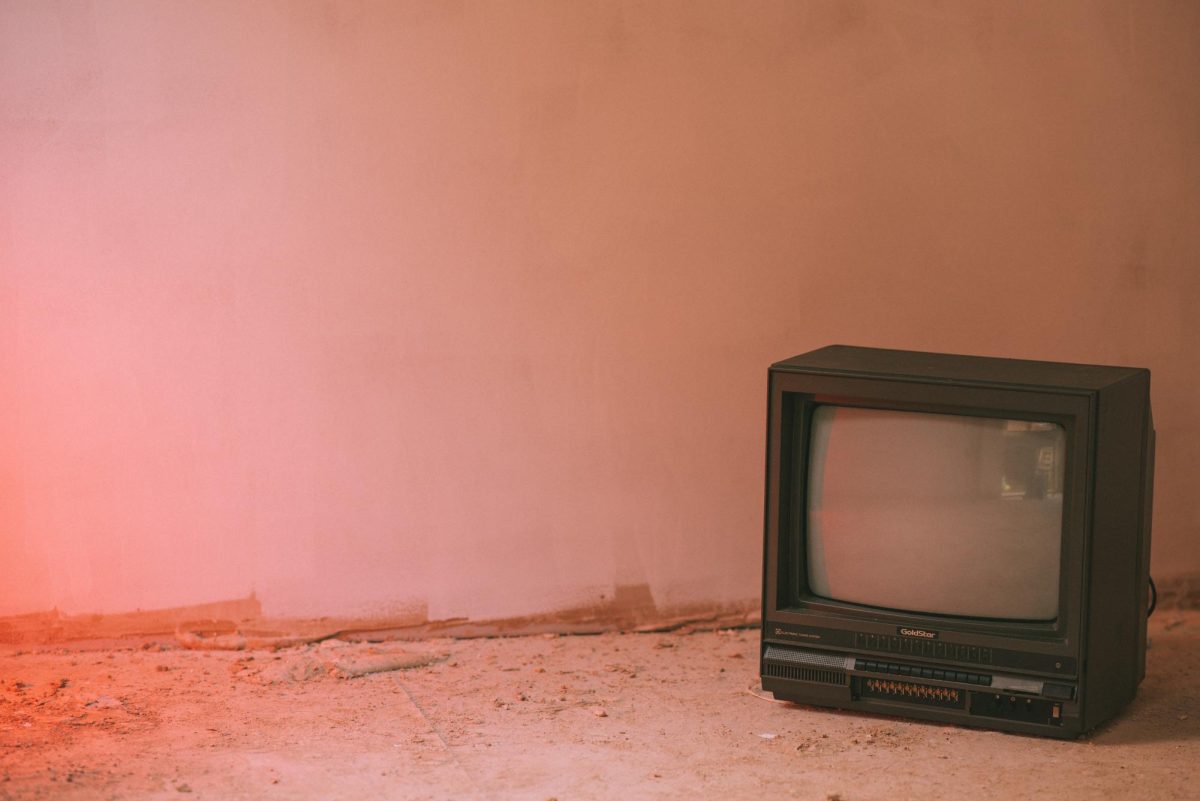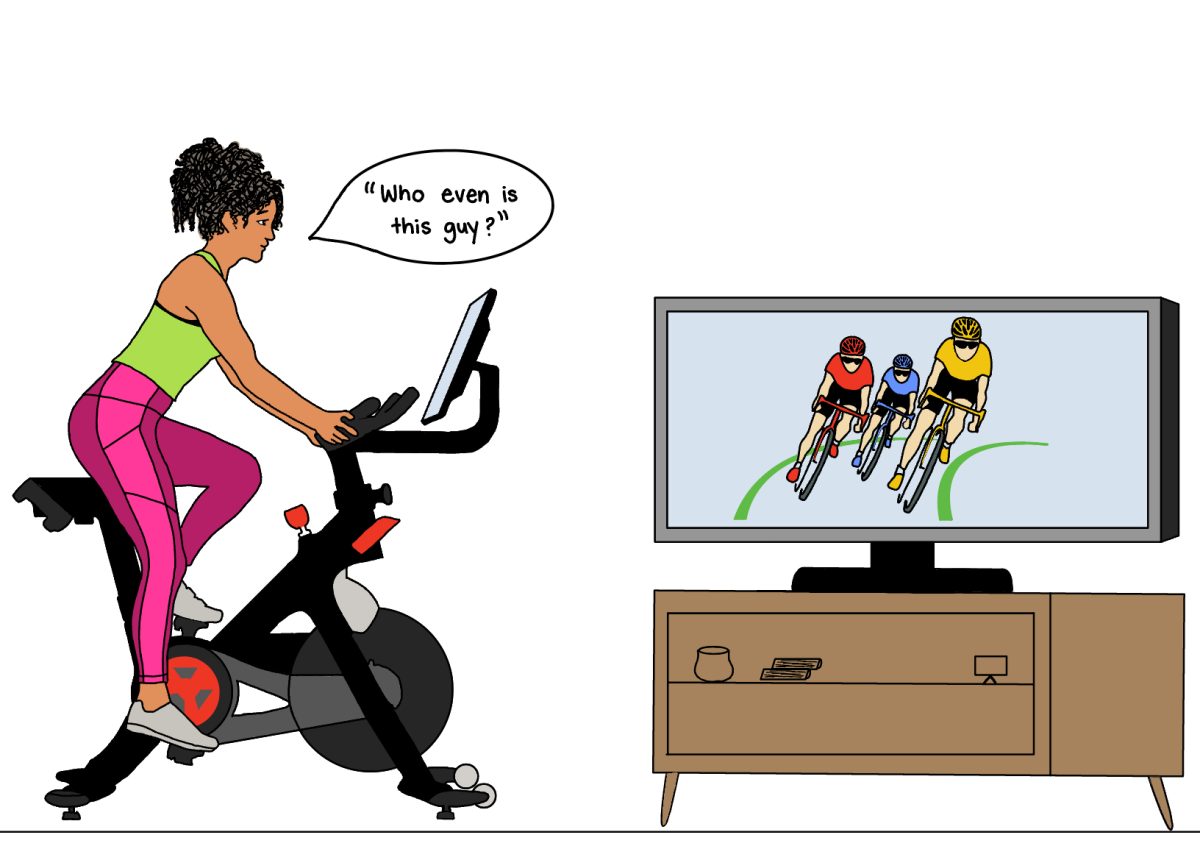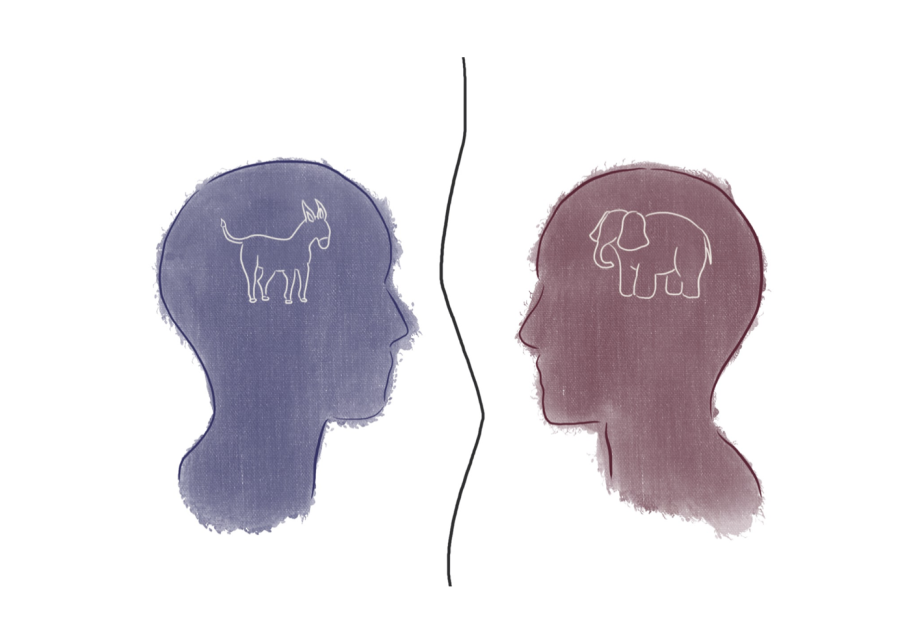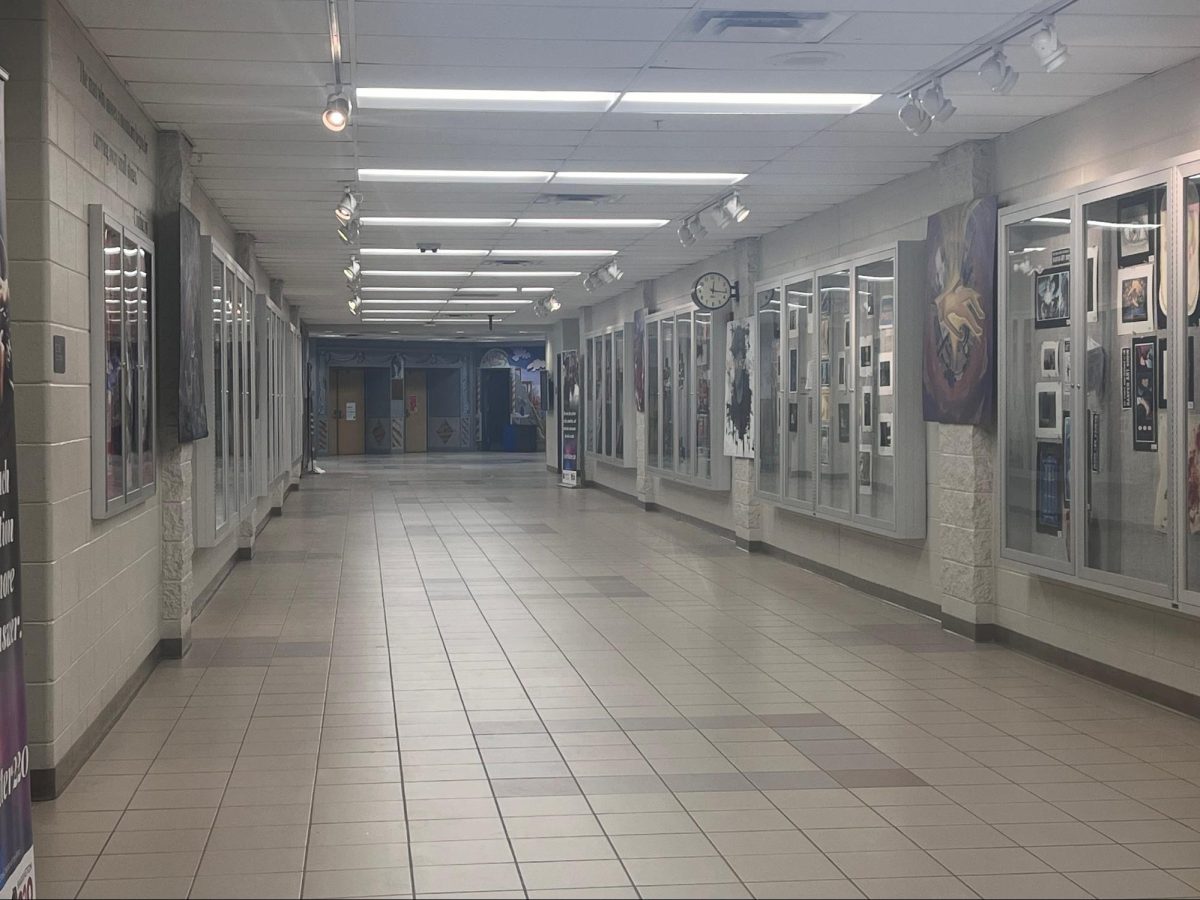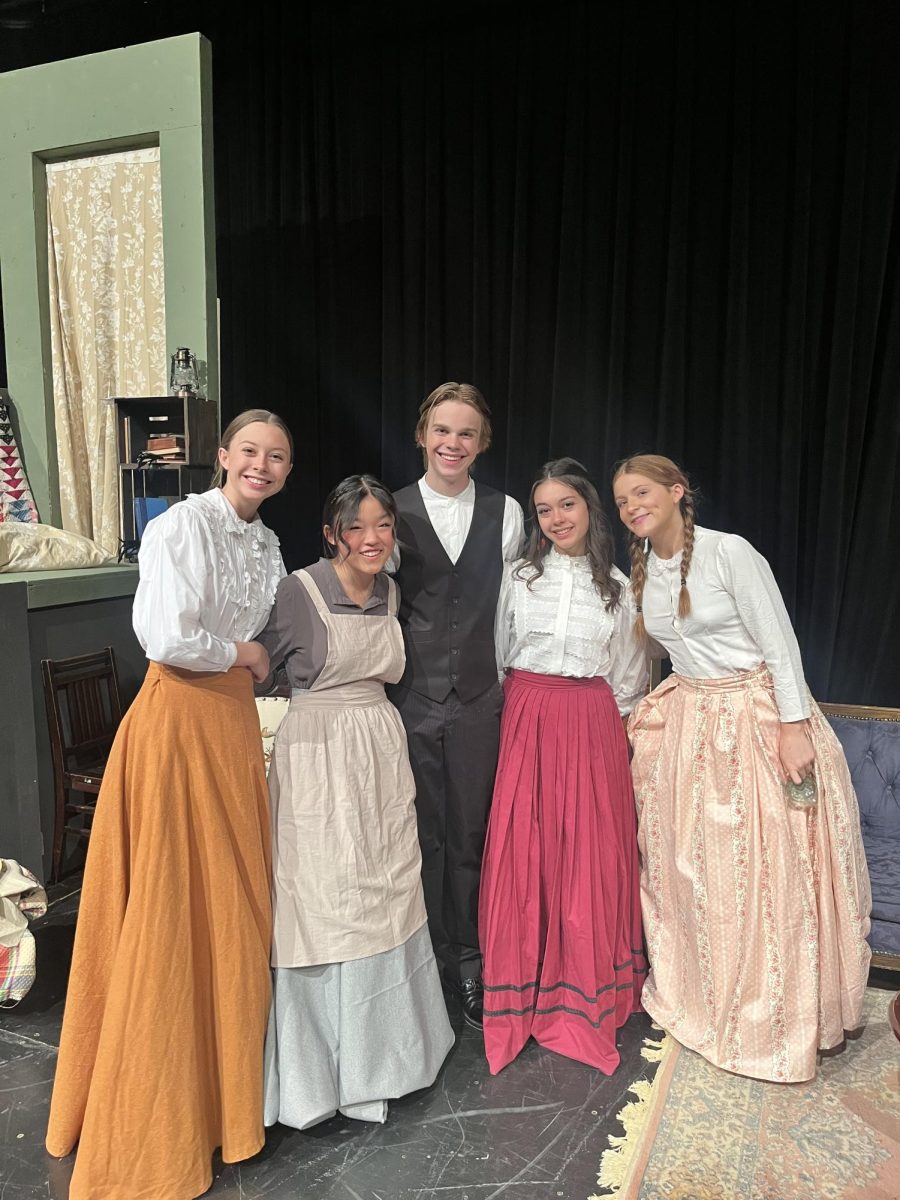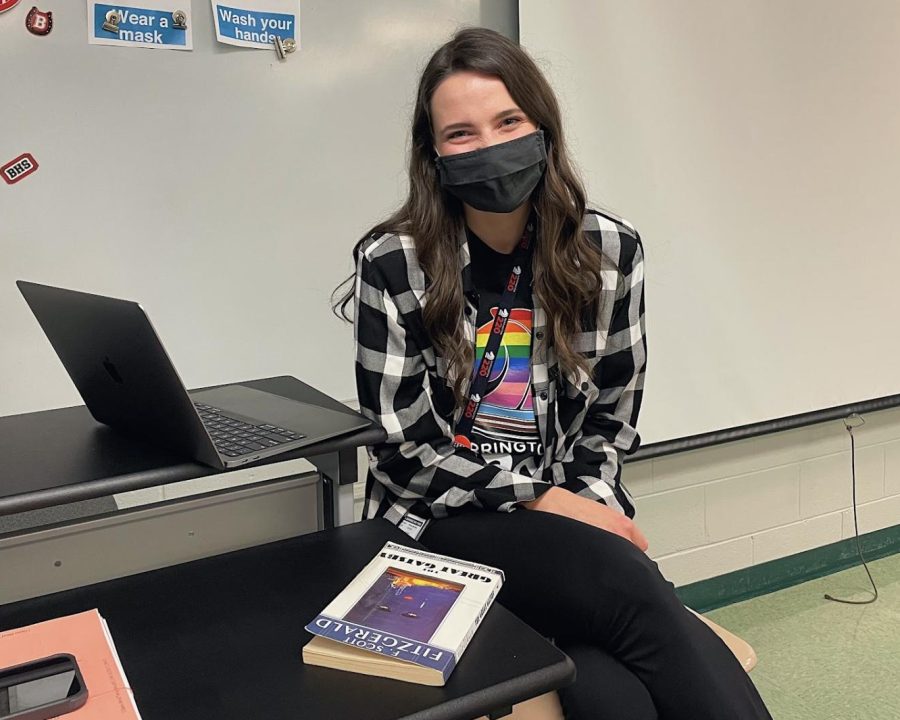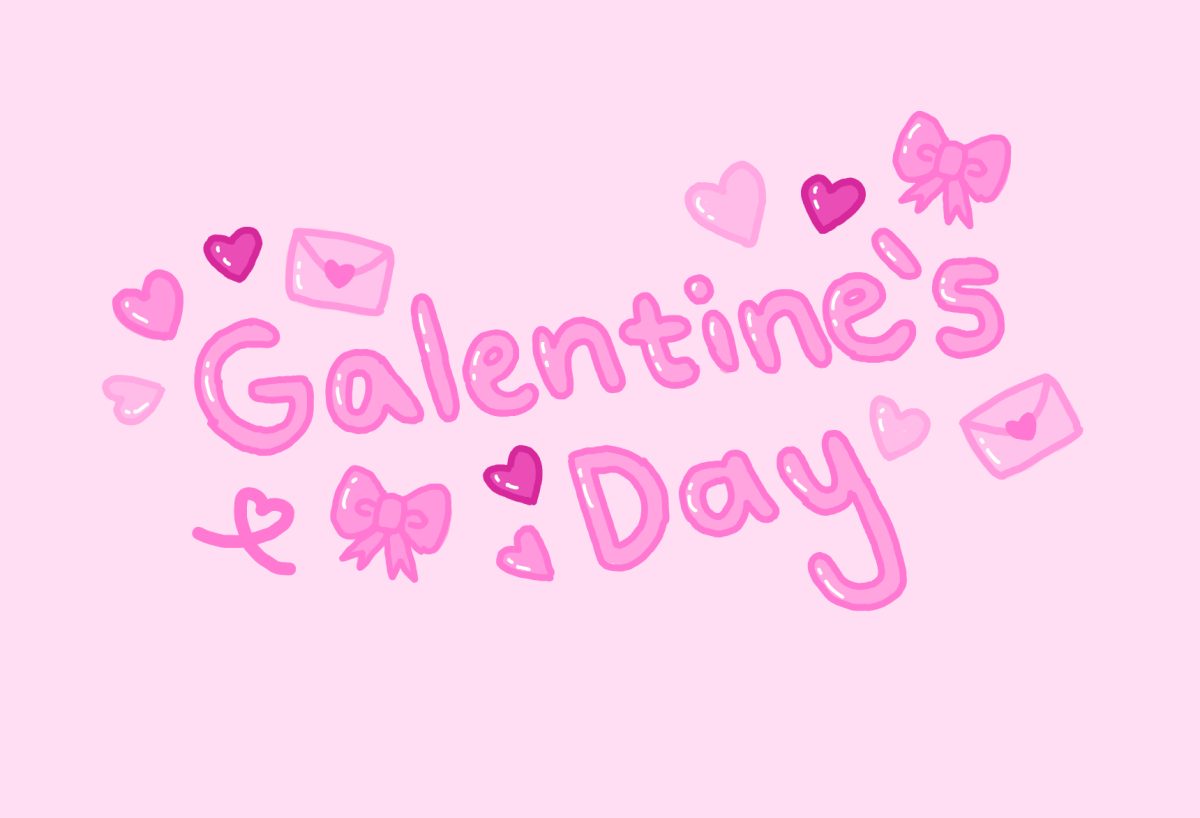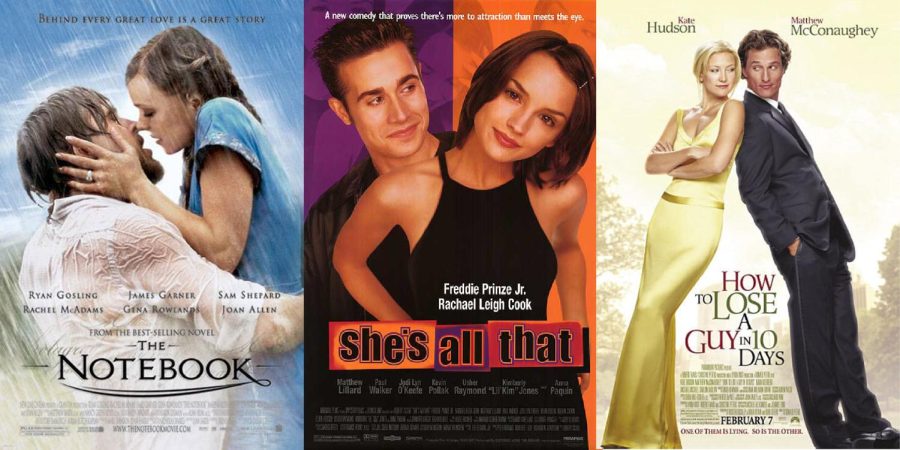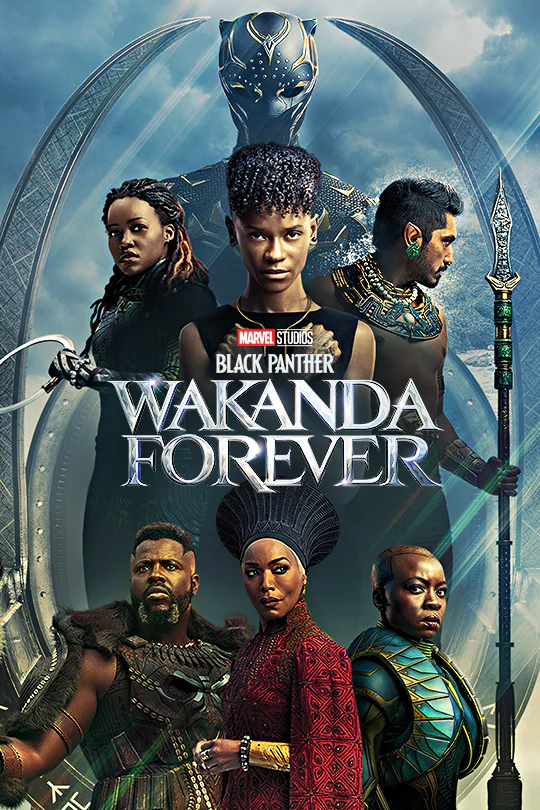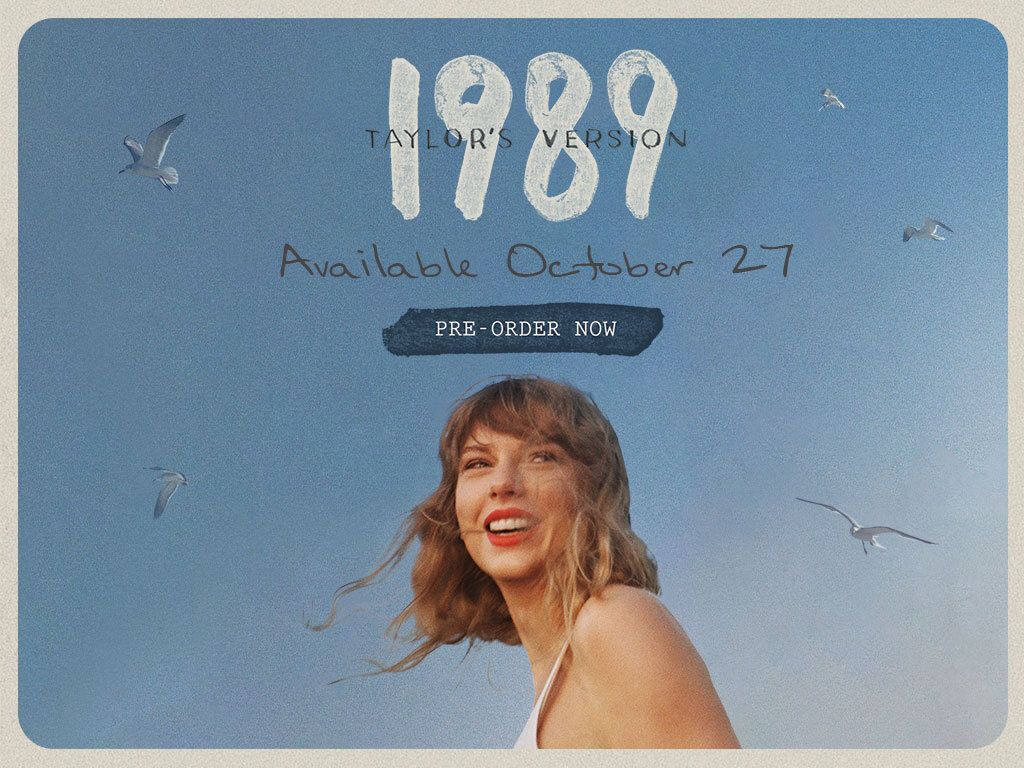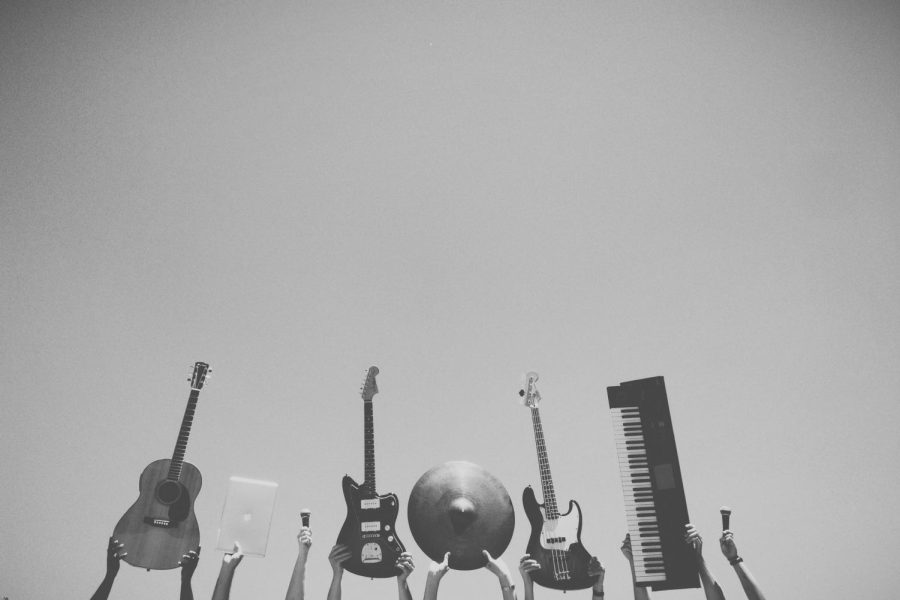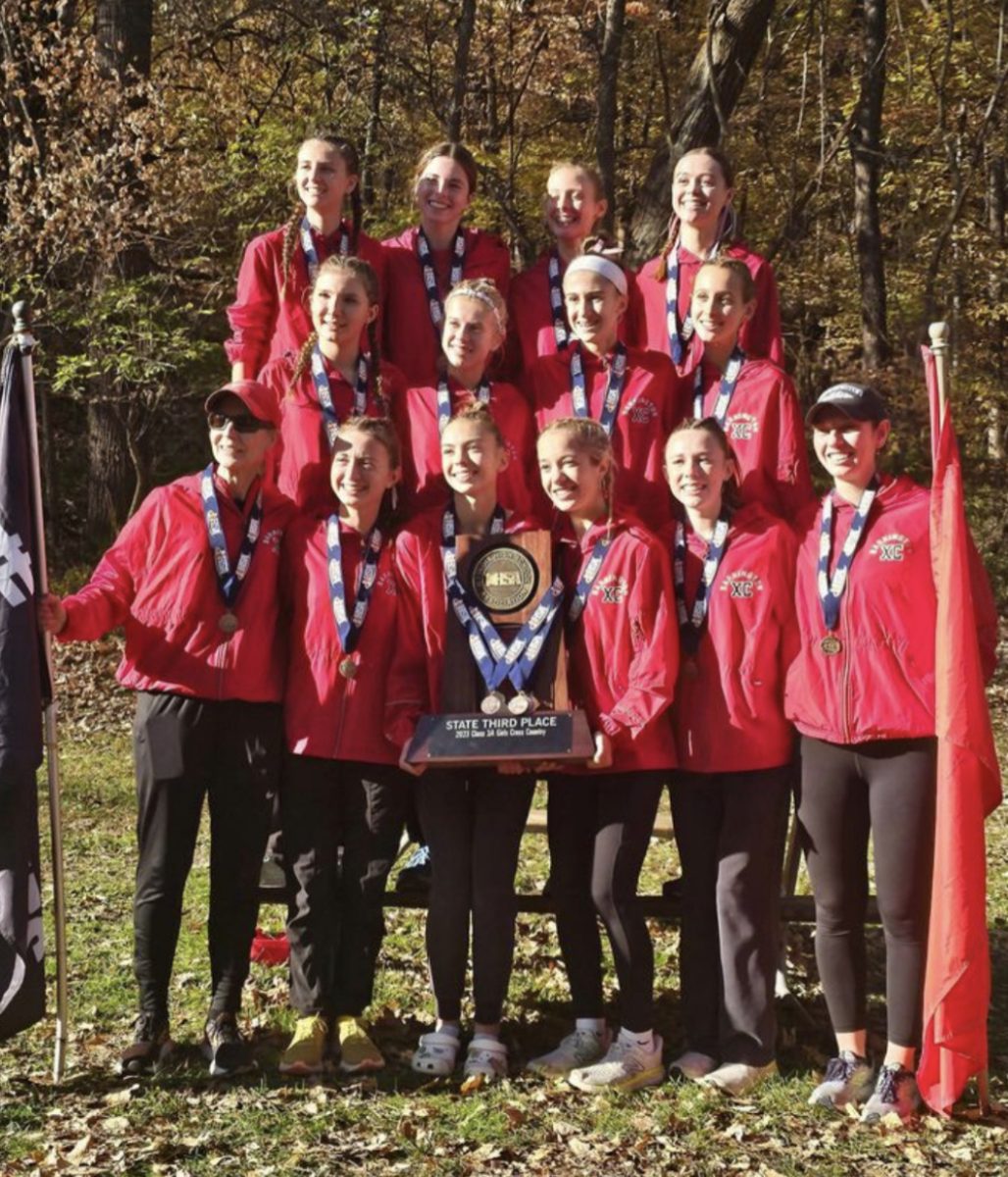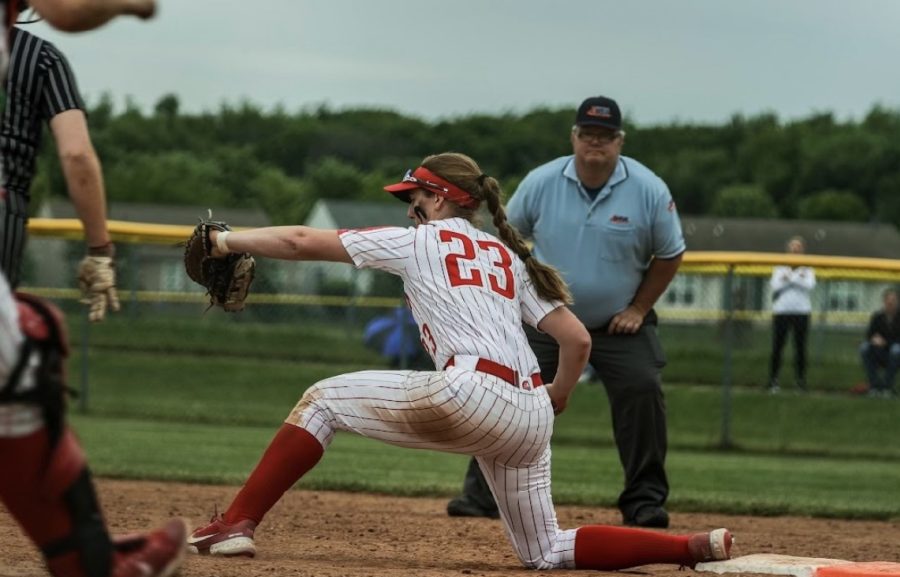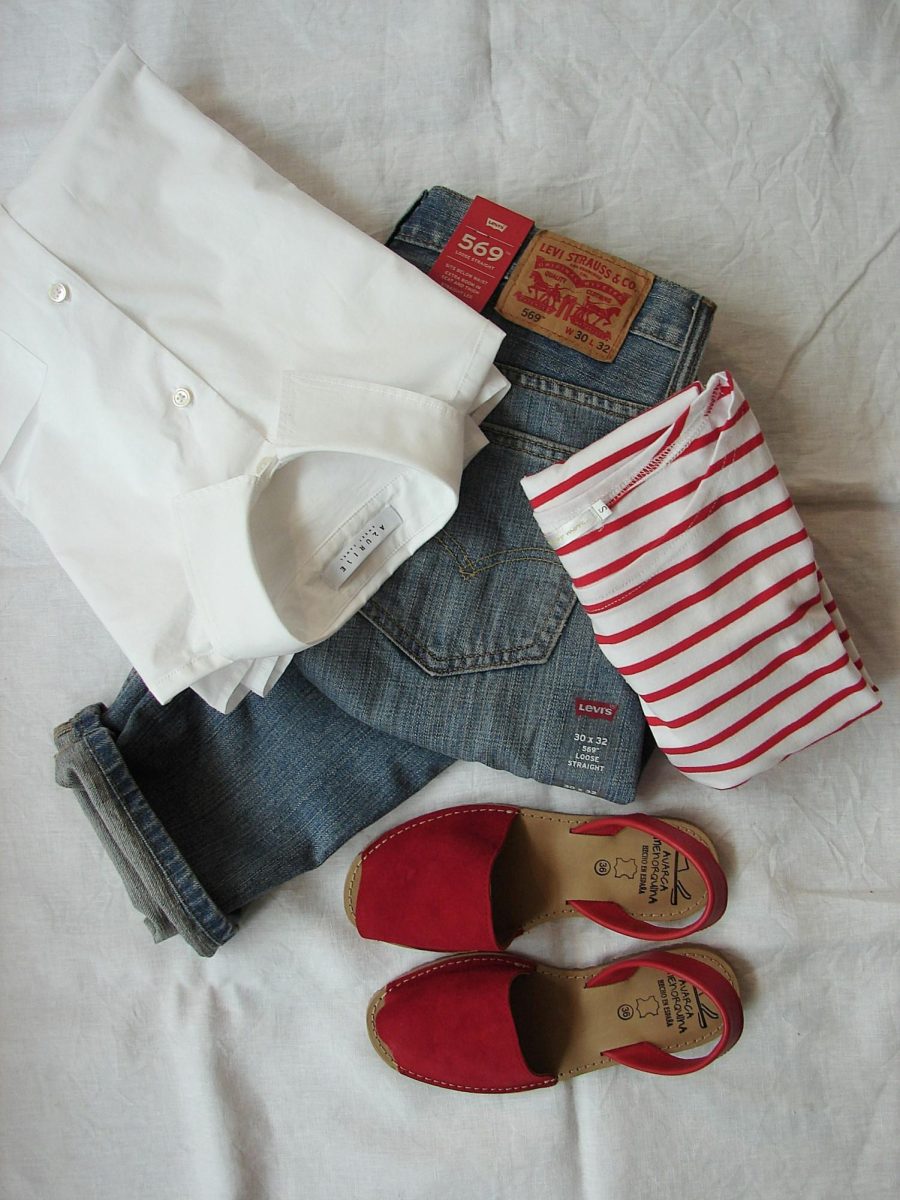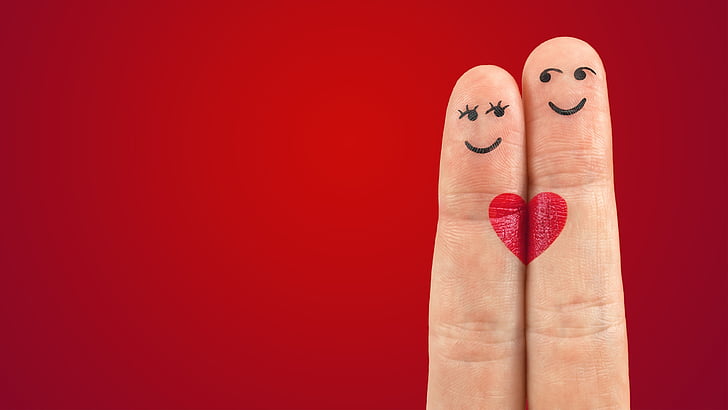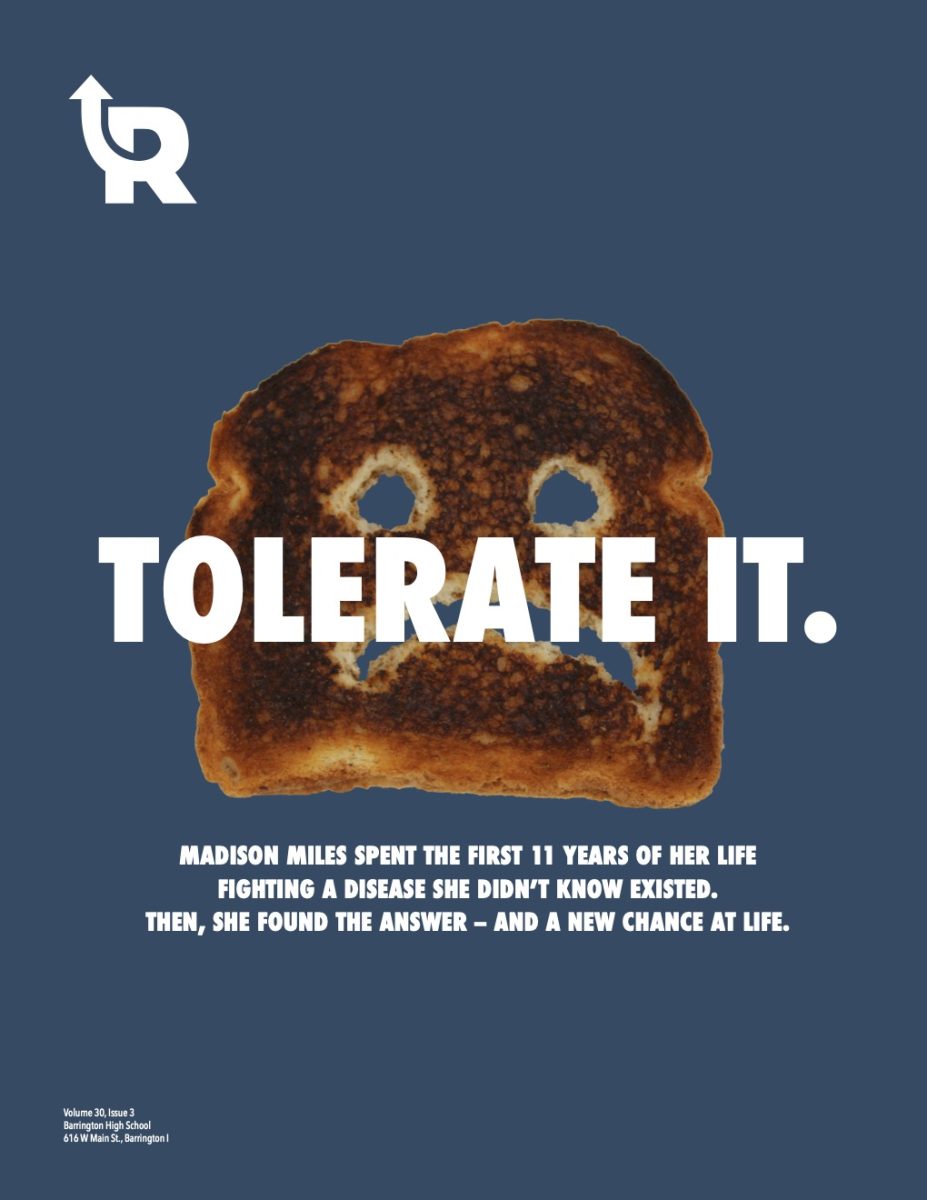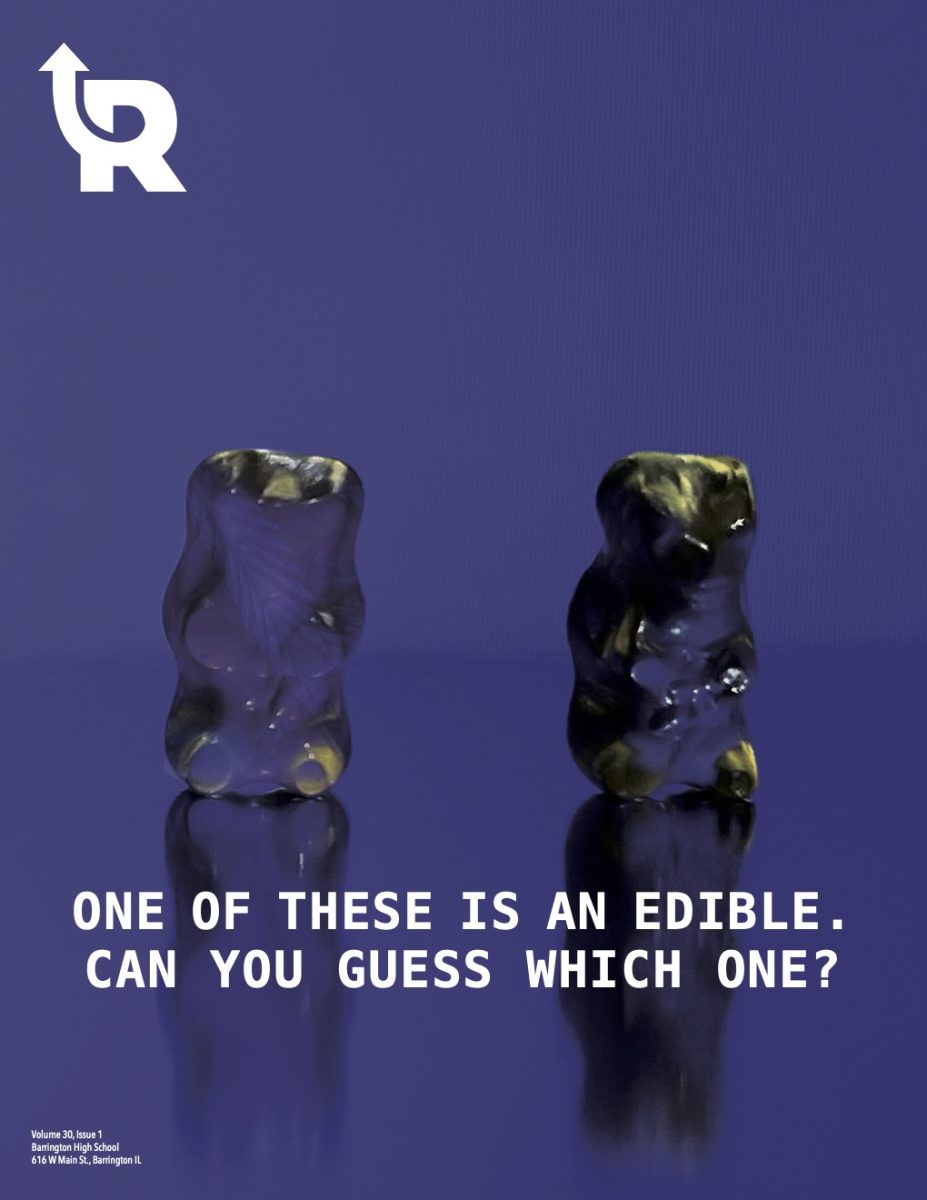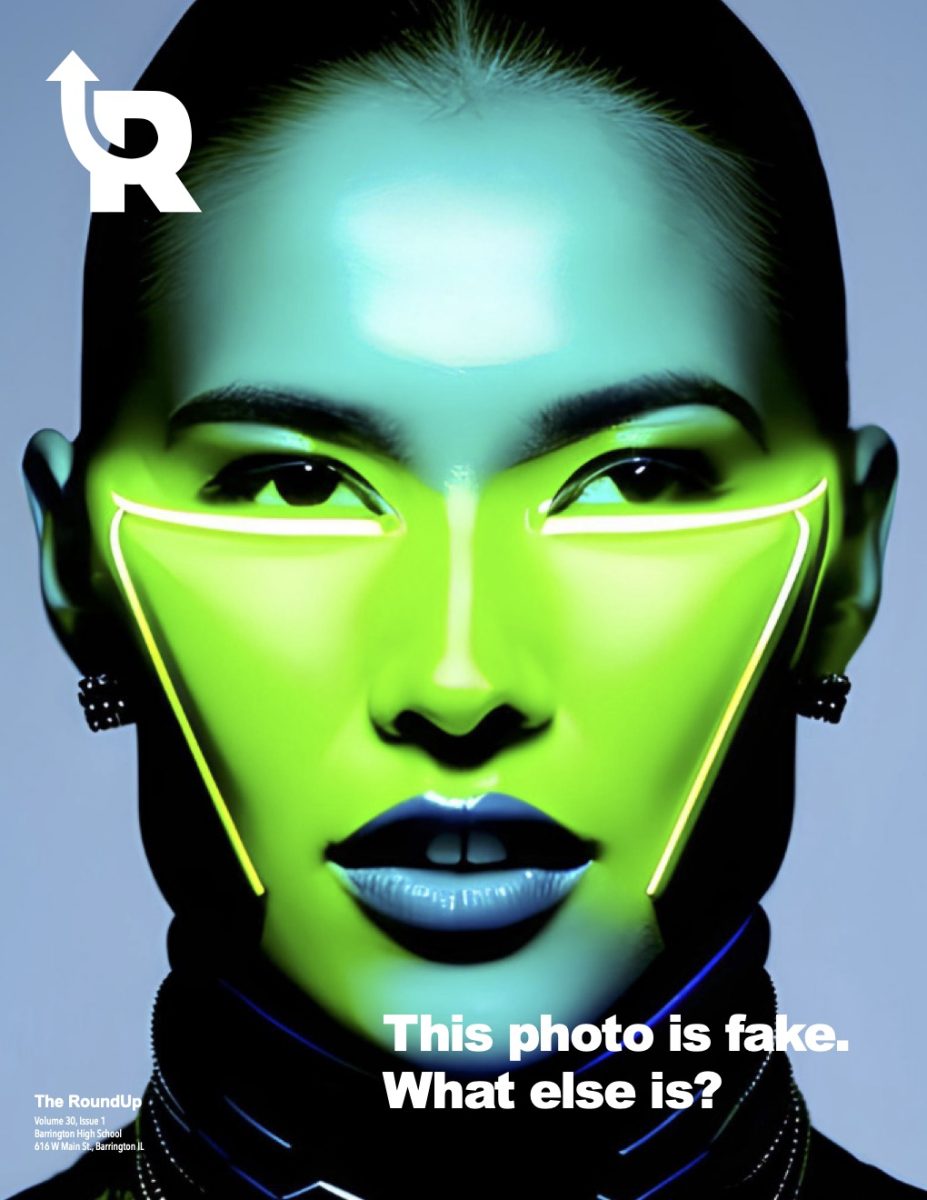Loathing societal standards
We’ve all seen them. The glossed-over faces of teenage actresses lining the sides of the checkout line at Jewel, marketing skincare products designed to fix perceived flaws, or attempting to draw in readers by proclaiming that they know the ten secrets to getting a boyfriend. It’s hard for your eye not to be caught by the bright colors and white-toothed smiles.
Although many of these magazines have tried to share messages of female empowerment, by buying into marketing gimmicks that portray outdated female stereotypes, they’re only silencing the voices they claim to represent. I know that my eye has been drawn to these magazines, but I never once felt any inclination to pick one up and read it, or even give it enough attention to see what the issue is really about.
However, when I actually took the time to read a couple of the stories, I realized that these magazines, such as Seventeen or Cosmopolitan, are not as superficial as they may seem. They try to offer young women a voice to speak out on issues such as feminism and female empowerment, but the way it’s all packaged together defeats the purpose. Magazines marketed to teenage girls only serve to ostracize them more.
Seventeen magazine’s most recent issue highlights the platforms of their “Women of the Year,” featuring powerful stories that inspire social change and share moving stories about personal acceptance, dealing grief, and religious expression.
However, the headline of this section on the cover is “Voices of the Year: These Girls are Total Inspo.” This completely trivializes the piece, as if this magazine thinks that the only way to attract readers is by playing into stereotypes of teenage girls, when it really does the opposite. I would be much more likely to read it if the approach to such a piece reflected the quality of the words. Also, the language used only reflects outdated female stereotypes. The use of annoying slang (“total inspo”) makes it seem like girls are interested in only the superficial matters of life.
These magazines have also been criticized for their use of photoshop and lack of body diversity on their covers. Lili Reinhart and Camila Mendes have come forward and openly addressed their bodies being photoshopped on their Cosmopolitan Philippines cover.
When looking back through old Seventeen covers, I could not help but notice that they all feature women who meet society’s standards of beauty. One cover that actually represented plus-size women featured Tess Holliday. However, she received a lot of backlash from the shoot.
It’s unfair to disregard these magazines in their entirety, because many are trying to inspire young women and give them a voice in the world. However, the way these magazines are choosing to advertise themselves only serves to push away a part of their target audience.
I, for one, would gladly pick up the newest issue of Seventeen if I knew what the stories were actually about. I’m not interested in their tips for shinier hair, or ways to minimize my pores. I’m interested in the advice of influential women who may be able to help me in my own life, and I’m sure that their words can be inspirational to others as well.
These magazines should make covers that are an accurate reflection of the message they’re trying to share, rather than perpetuating old teenage girl stereotypes and minimizing their value. Continue to share the stories that need to be heard, but stop participating in a culture that continues to contradict itself on the topic of women.
Your donation will support the student journalists at Barrington High School! Your contribution will allow us to produce our publication and cover our annual website hosting costs.






